We’ve all been primed on that fact that we need to wear sunscreen in order to help prevent skin cancer and sunburns. Long gone are the days down at the beach when mom might oil up with suntan lotion to get a darker tan, while providing some SPF 10 for the kiddies. And for all of human history before the 1930s (when synthetic sunscreen was first invented) people either went without protection or else they used natural low-level SPF like olive oil, zinc oxide, or clay. Nowadays sunscreen can be found in everything from makeup to skincare to lip balms. But, despite the new sources of SPF and the changing attitudes on sunbathing, many people still don’t actually use sunscreen to its full advantage.
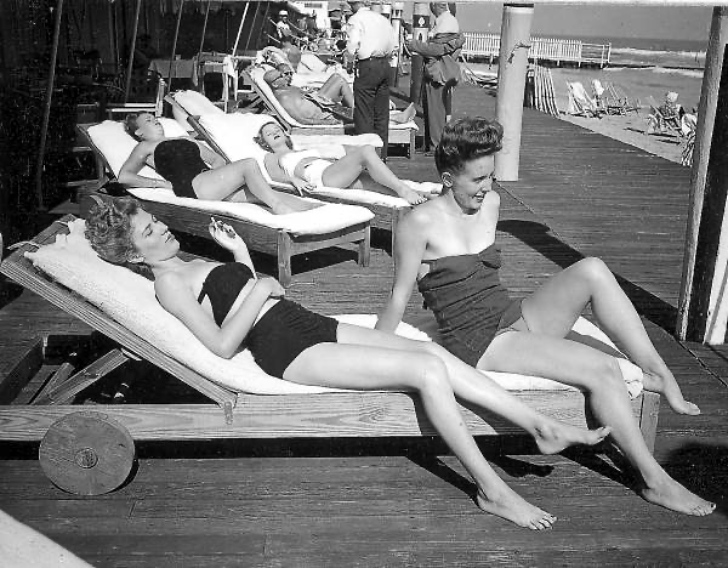
One of the main problems with sunscreen is not applying enough of it and not applying it in the right places. Using a UV camera (which shows skin with effective SPF applied as darker), sunscreen placement can be detected and the results of “standard” sunscreen applications are shown to be pretty dismal.
The stick versions of SPF offers a convenient way to apply it and it won’t spill in your beach bag. When applied to the nose the darker areas show that the stick SPF is working to shield the sun.
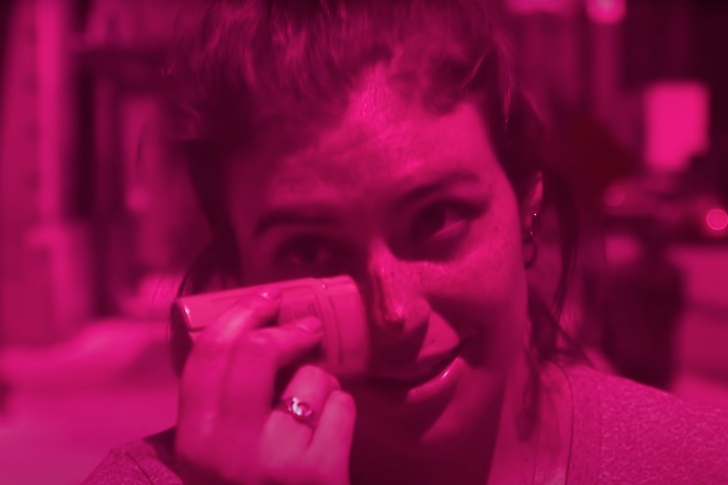
The same was true with cream sunscreen, although getting this product to be even was a big task. Missed spots can lead to sun damage later on, so it’s better to go over each area twice.
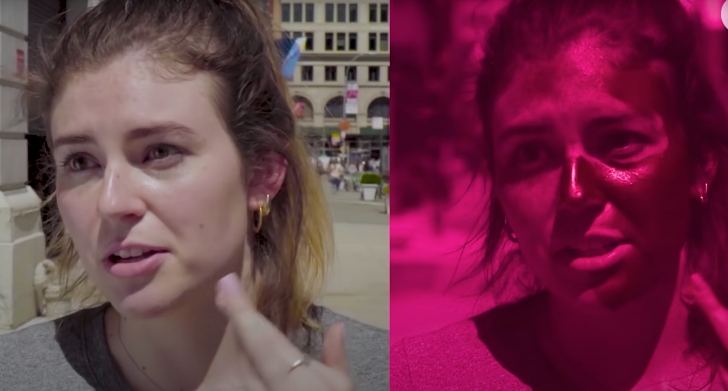
But, the results for makeup with and SPF included in the formula were not good at all. Compared to the other 2 formulas, there was almost no blocking of the sun’s UV rays using a powder makeup with SPF.
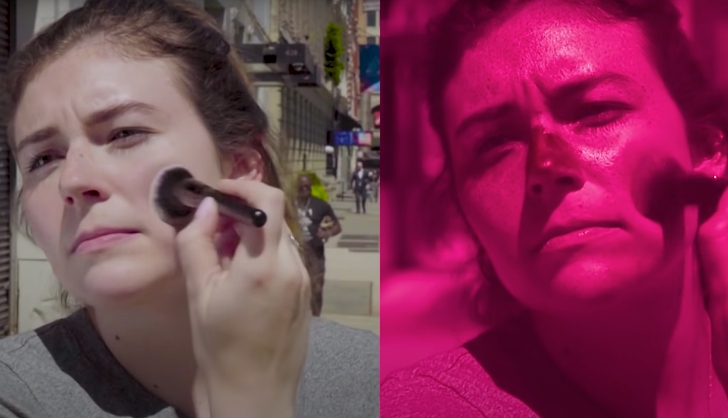
The results of using a makeup setting spray with an SPF were better than the makeup, but the application was very uneven and still didn’t block as much UV light as the stick or cream formulas. You can see the very faint darkened areas from the spray on the woman’s forehead below.
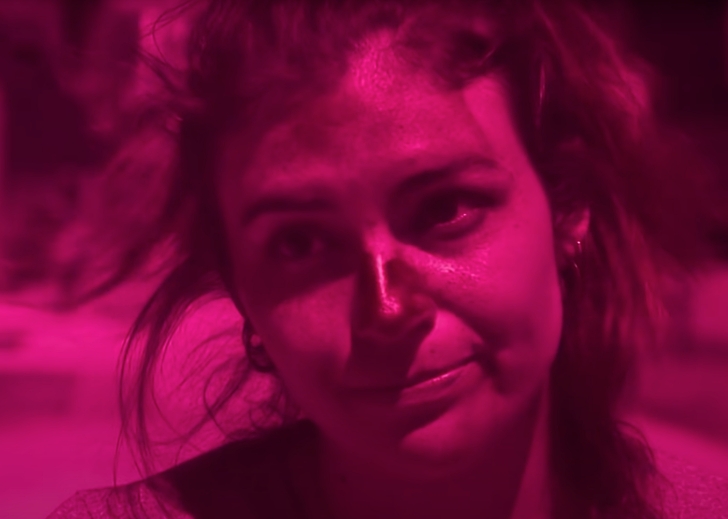
According to the Mayo Clinic swimming and sweating can decrease the effectiveness of your SPF since lotions come off with moisture. The bottom line is that in order to be properly protected from the sun’s UV rays you need to apply a thick later of a product with SPF 30-50 in order to block the most sun (and then reapply often).
Make sure forgotten areas like ears, behind ears, backs of hands, and neck are gone over really well to avoid missed sections. Also, you should apply your sunscreen about 15 minutes before going out into the sun.
To see exactly how these SPF application methods stack up to each other watch the video below.













